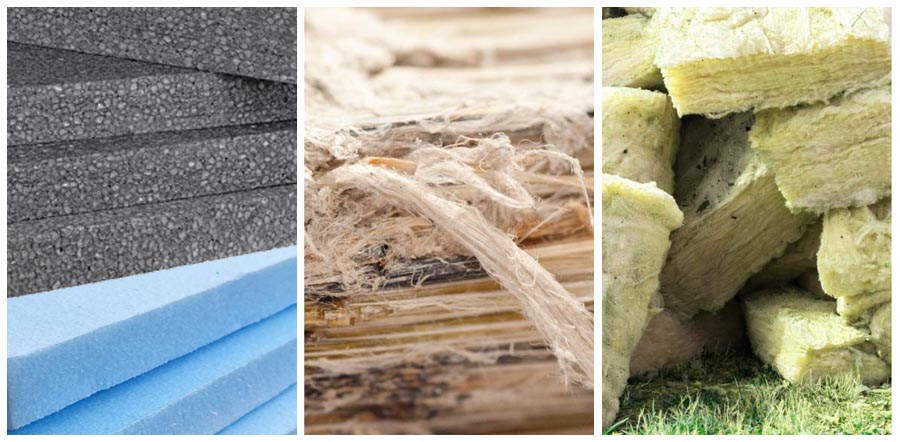Internal Thermal Insulation, Truths You Didn't Know

Internal insulation is an insulation system, which as its name implies, is applied to the interior of the surfaces of a building (masonry, ceiling, floor).
It can provide complete thermal insulation, with excellent thermal permeability characteristics, which exceed the most stringent requirements of thermal insulation regulations. According to an assessment by the National Technical University of Athens, it shows that total energy savings are around 24% -65%. Consider that for the energy consumed in heating, the savings we achieve are between 60% and 93%.

There is a wide variety of insulating boards on the market, varying in type and thickness, such as expanded (EPS) or extruded (XPS) polystyrene plates or fibrous thermal insulators, such as petroleum or mineral wool. See more about internal thermal insulation products.
For your own protection, we discourage you to choose materials without the assistance of a qualified engineer. You run the risk of getting into trouble, not solving your problem properly, and also losing money. The engineer will write a thermal insulation study specific to your area, taking into account all the specific factors to propose to you the system that will produce the desired results.

Internal thermal insulation systems have large-scale applications. In some cases they are almost the only solution, such as the blind walls, which are adjacent to a neighboring building, also in preserved buildings and traditional settlements, which do not allow the facade to be altered, or in areas that are not regularly heated, such as holiday homes, offices, shops and apartments in non-heating apartment buildings.
Economically, compared to external thermal insulation, it is less costly, because it does not require scaffolding, the insulation is applied to less square meters, and because the insulation protection products are cheaper than those used for external thermal insulation, which are materials that are specialized for external use environment.

But the most important advantage of internal thermal insulation is that the space is heated much faster and therefore the cost of heating is lower. This is because only the sheer volume of the room is heated and not the perimeter walls, floor and ceiling.
Finally, you should know that there are systems that are easy to implement and that you can implement yourself saving the cost of a craftsman. See them here.
